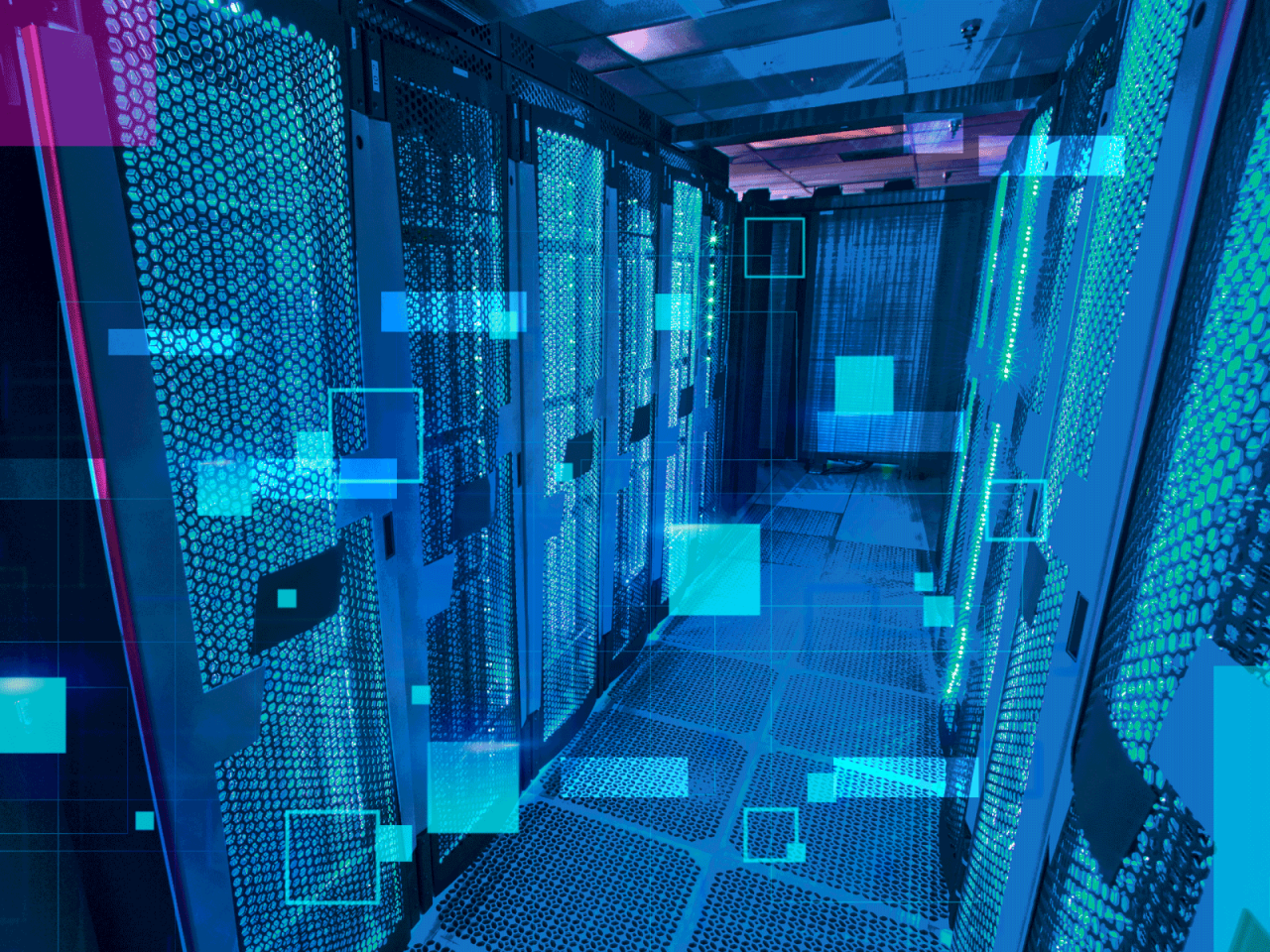How does Hyper Converged Infrastrcture work?
Resources are abstracted, gathered, and then dynamically assigned to apps in containers via virtualization software.
A hyperconverged platform has four tightly integrated software components:
A hyperconverged platform has four tightly integrated software components:
Storage Virtualization
Compute Virtualization
Networking Virtualization
Advanced management , including automation


Advantages of Hyperconvergence Over Traditional
Three-tier Architecture

Increased IT Efficiency
Replace manual processes and siloed operational expertise with a converged IT team that can monitor and manage resources. HCI pools and allocates resources dynamically to improve capacity, performance and protection.

Better Storage At Lower Cost
Scalable design, which uses inexpensive, generic networking instead of expensive, specialized servers, lowers CAPEX. HCI reduces infrastructure expenses by scaling without downtime or overprovisioning.

Greater Ability to Scale
With HCI, you can set up hardware in hours and spin up workloads in minutes. Now you can accelerate business-critical applications like relational databases with HCI, which scales to meet specific application needs—and future-proofs your IT environment.





